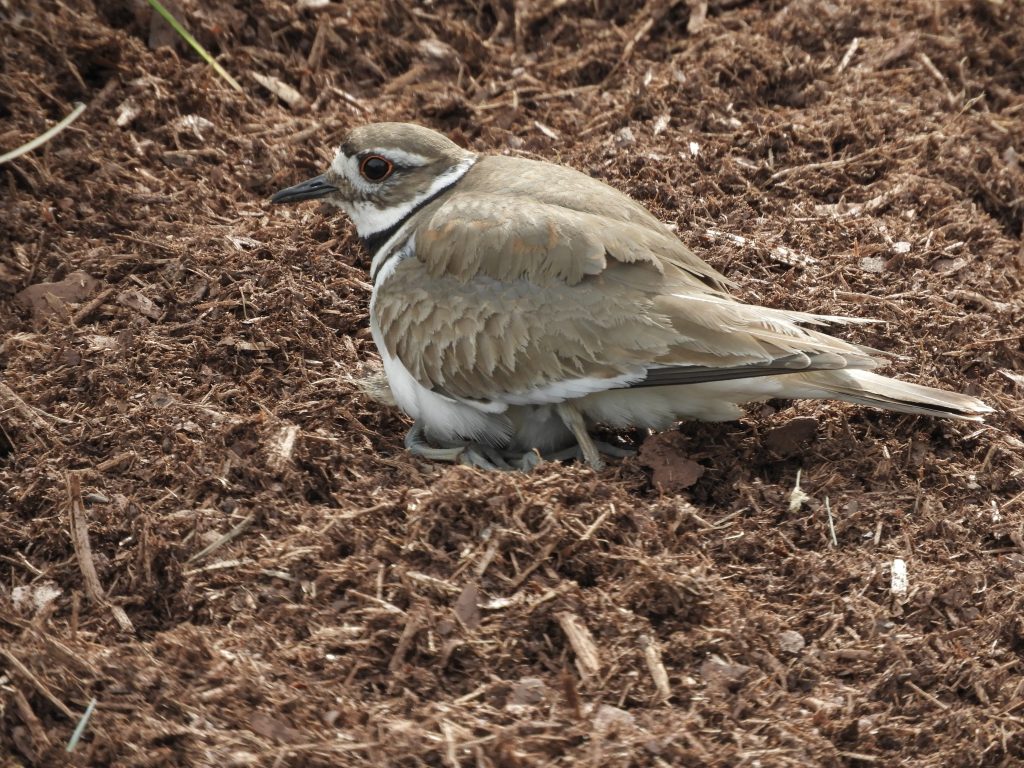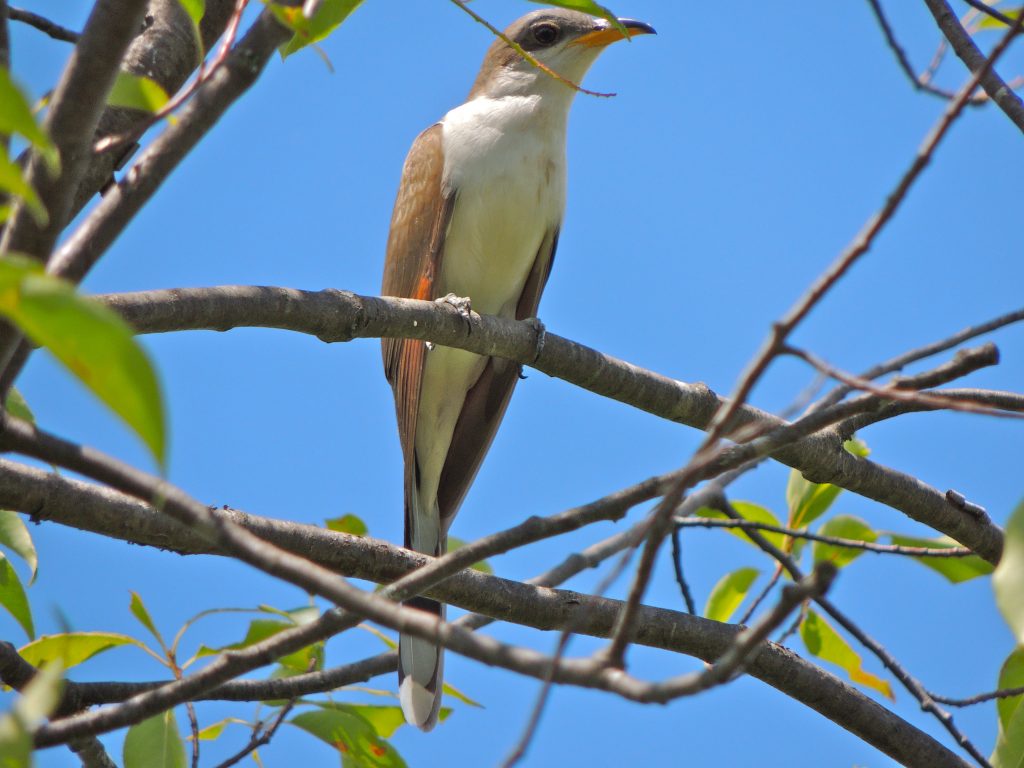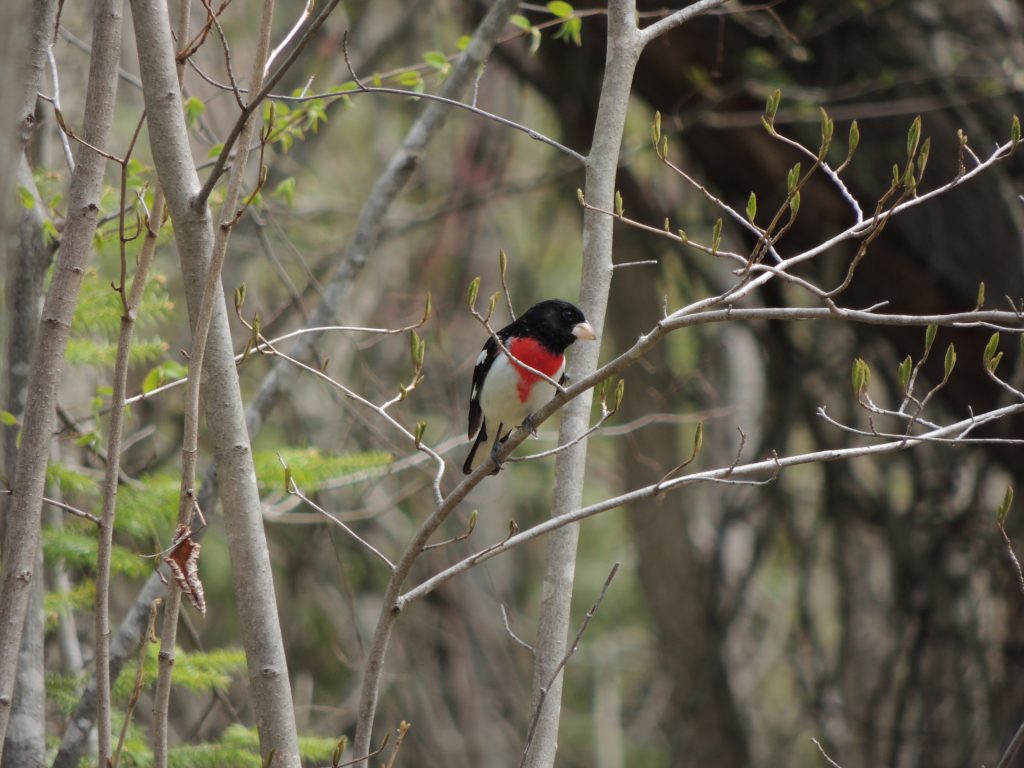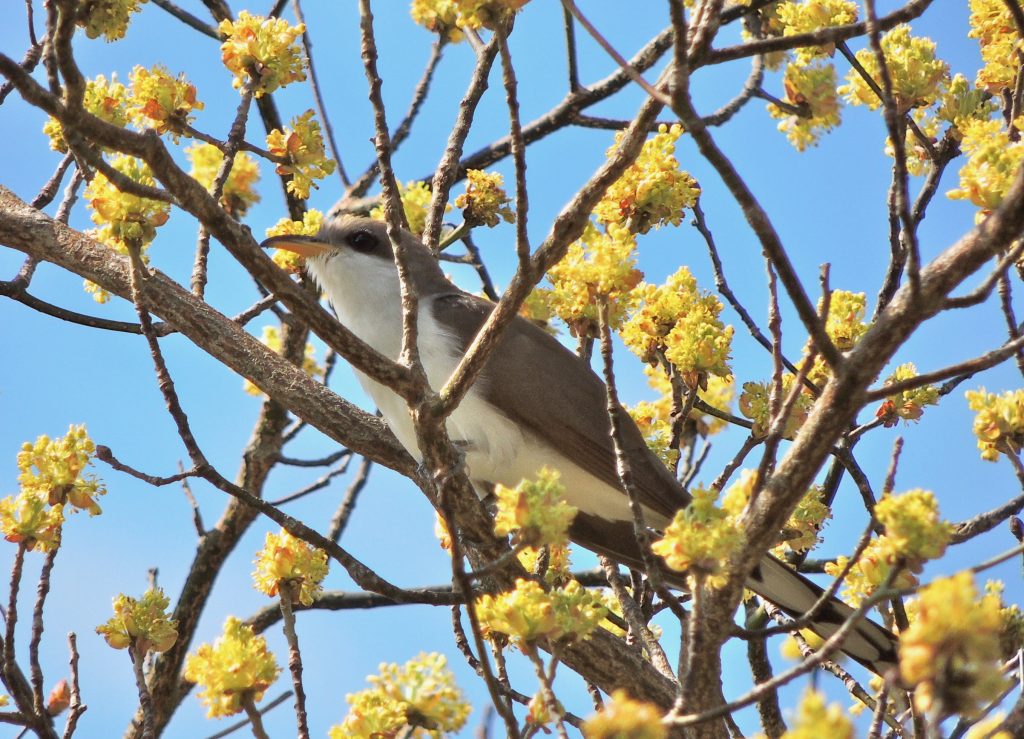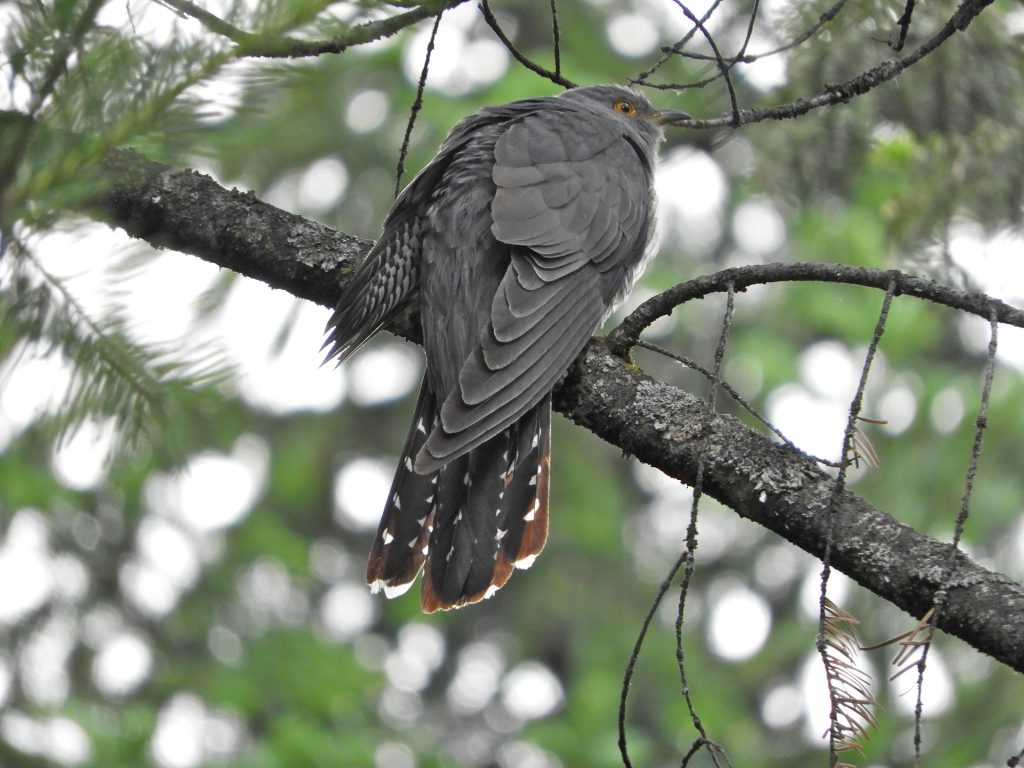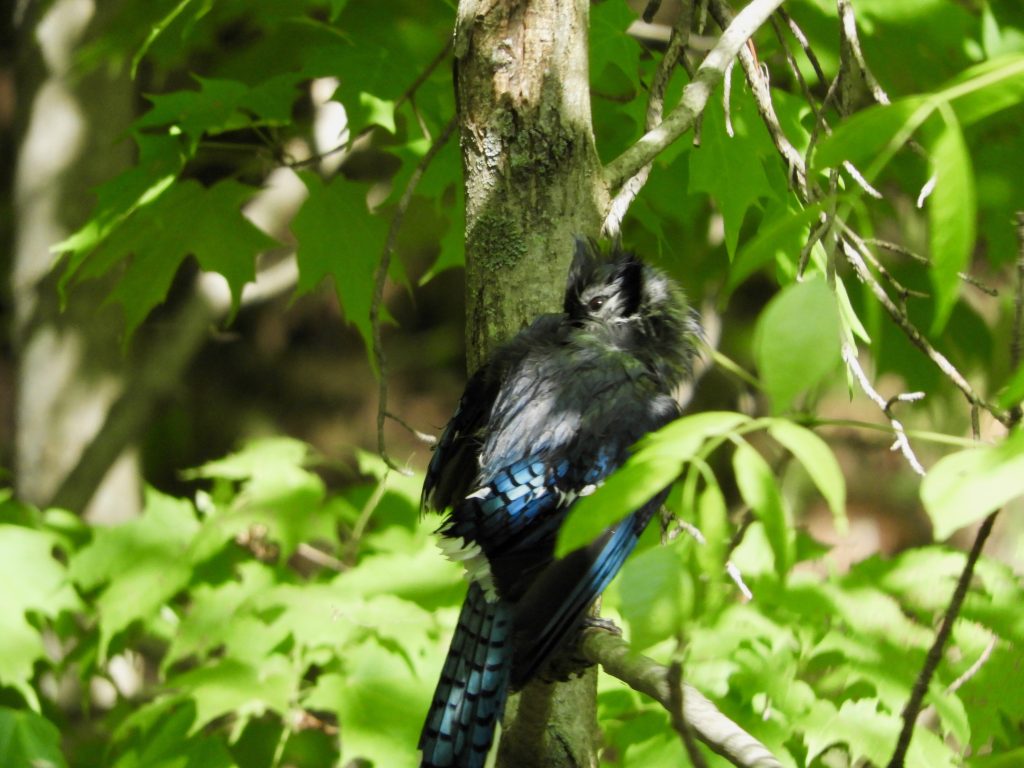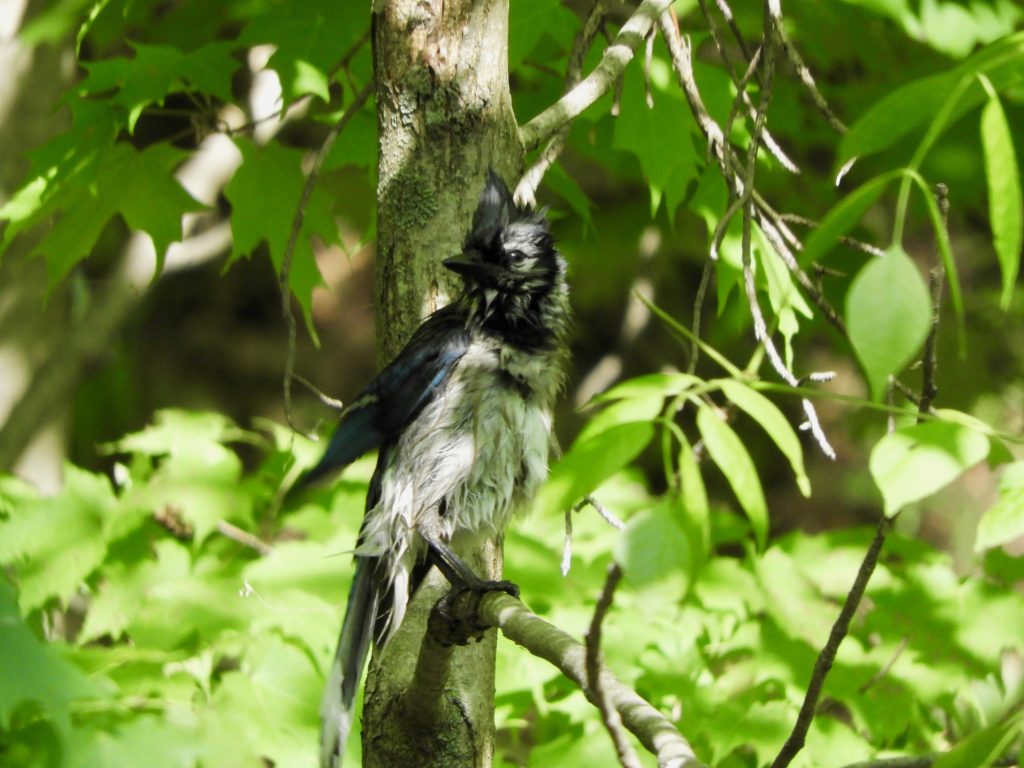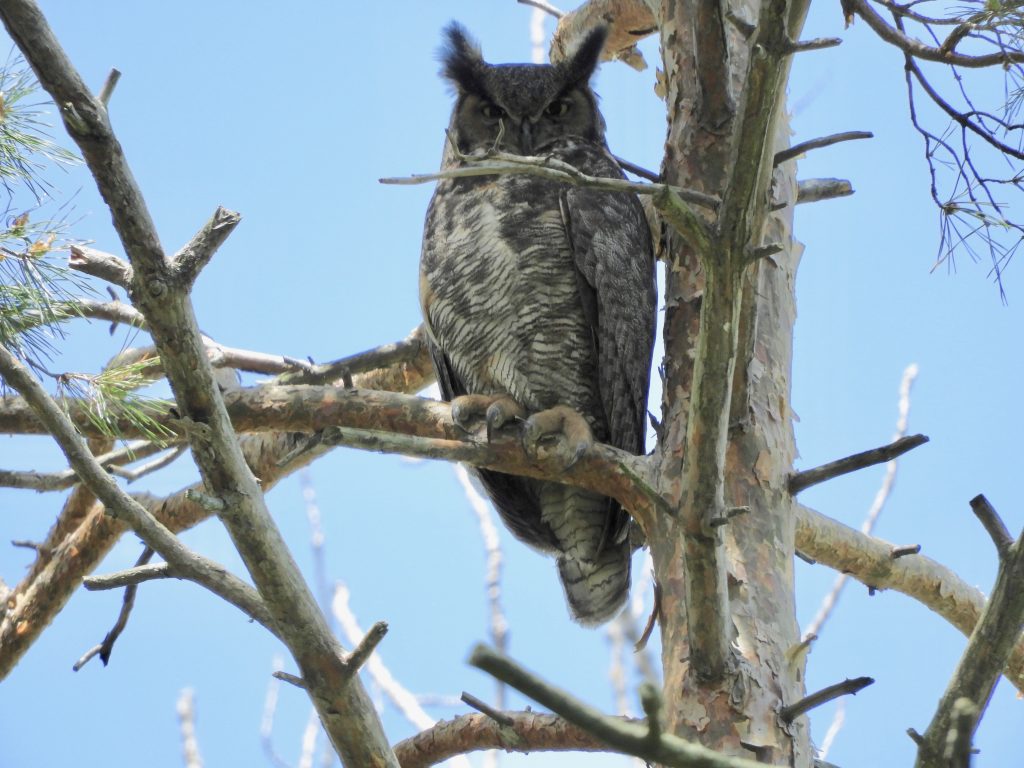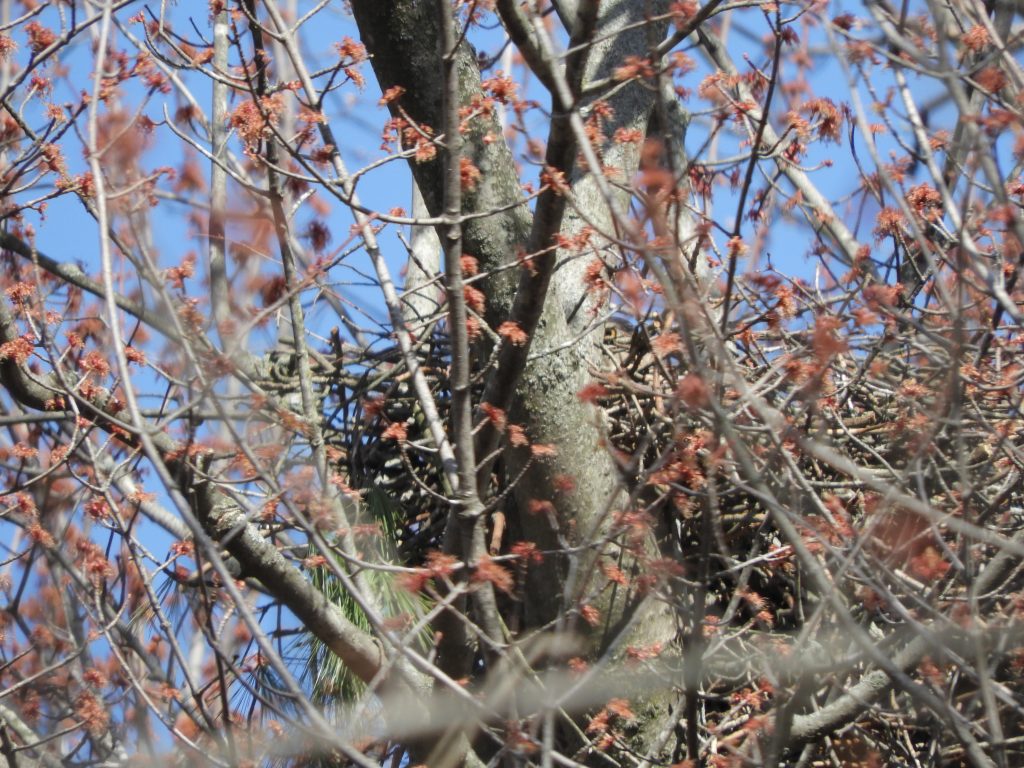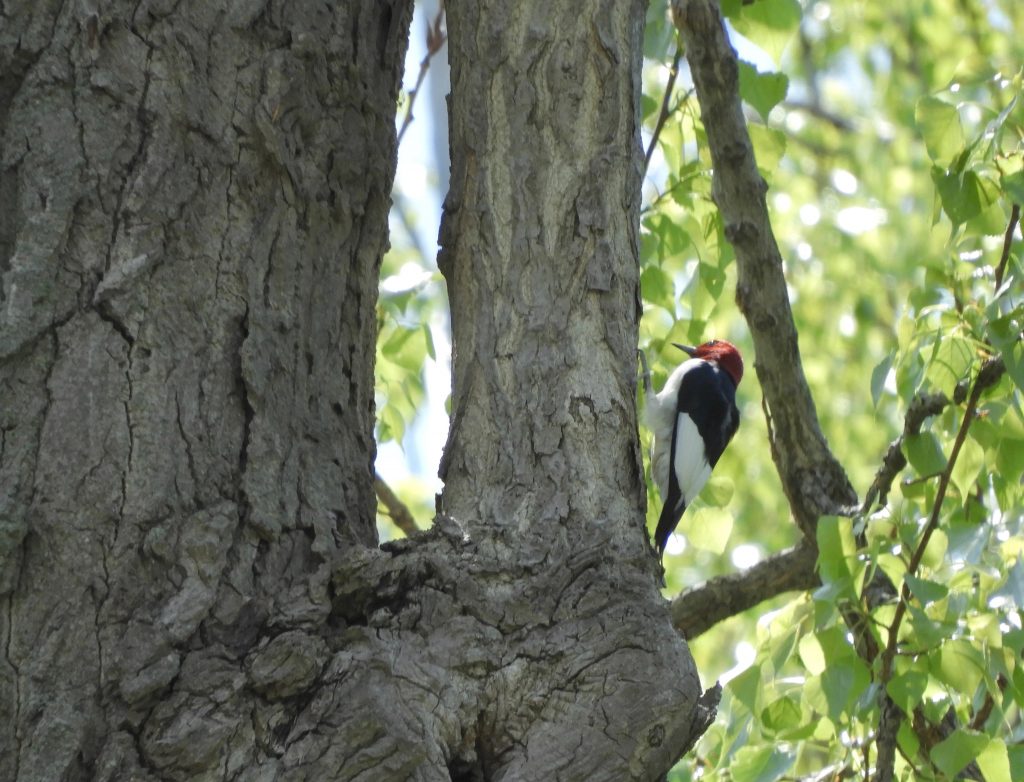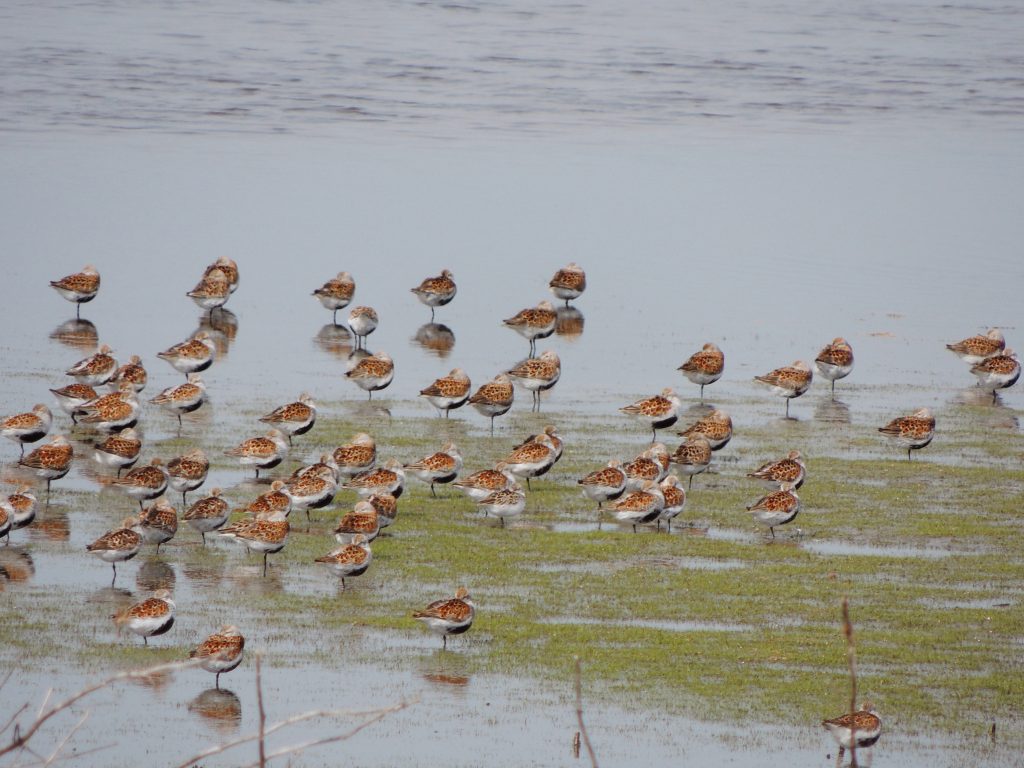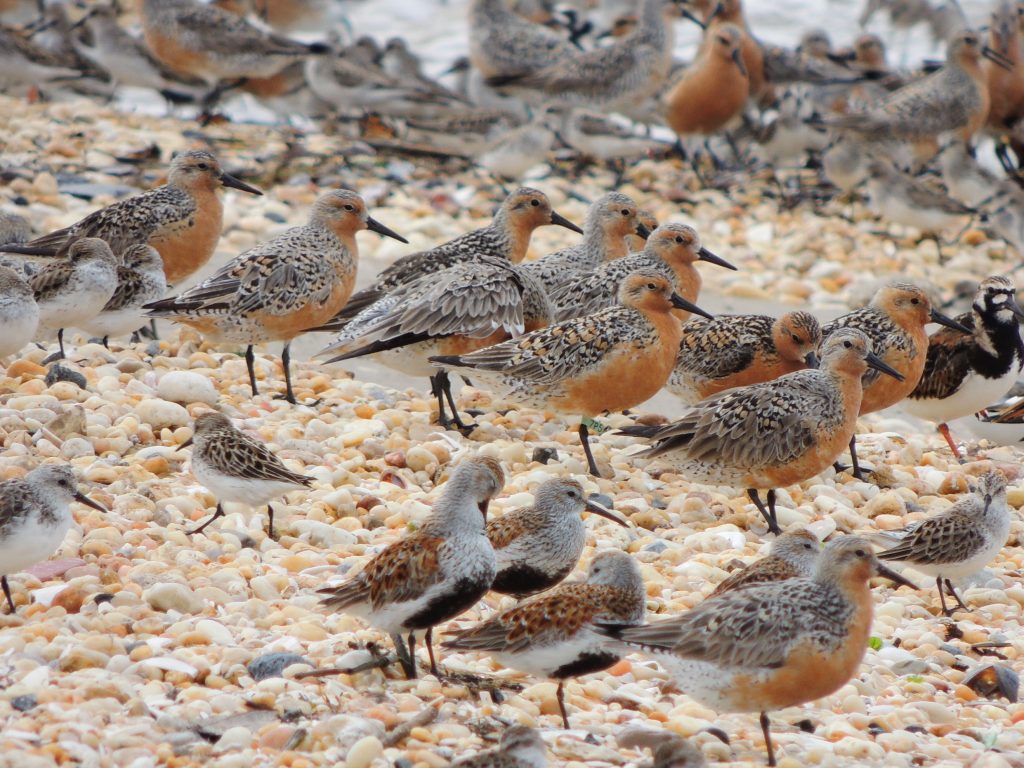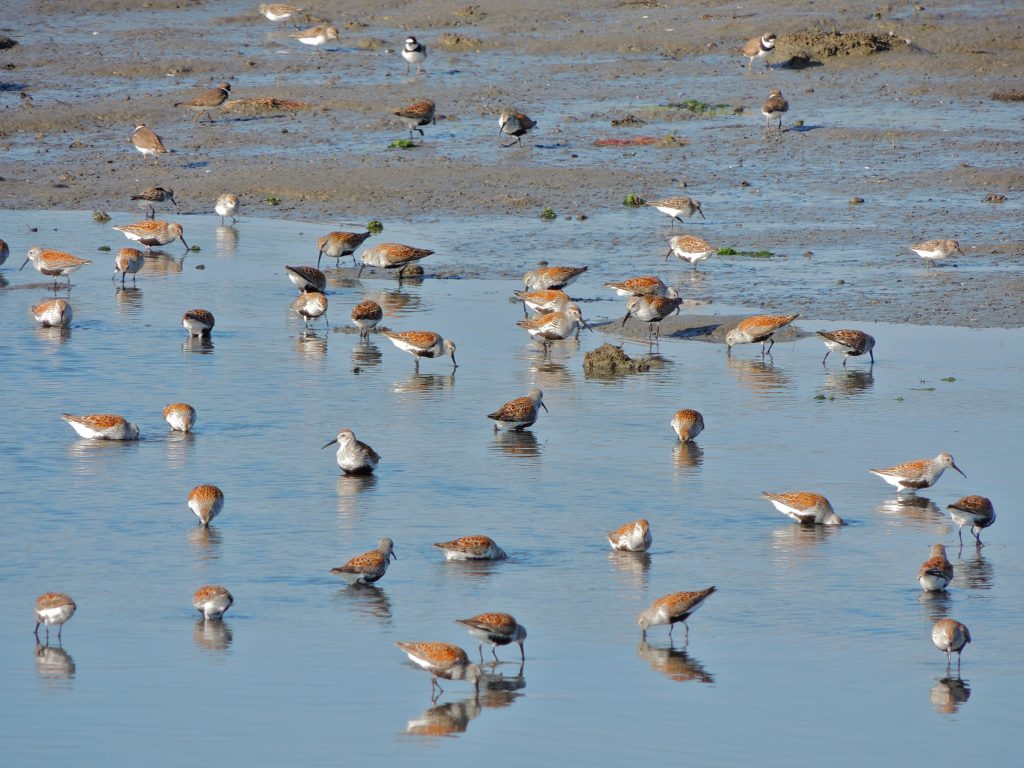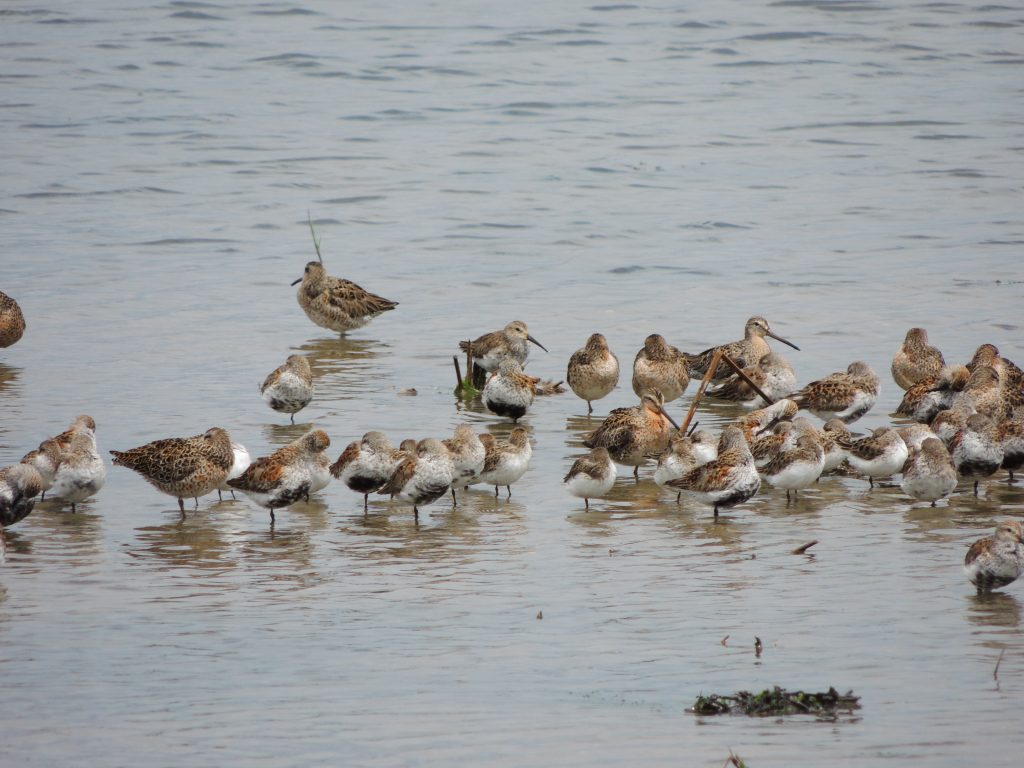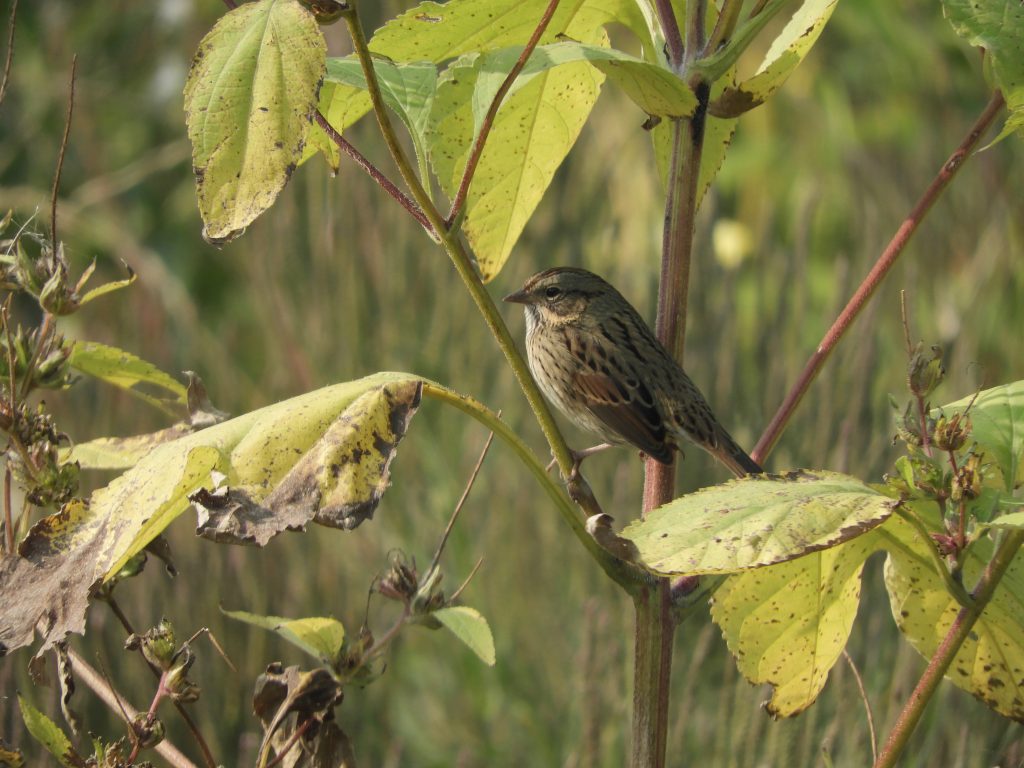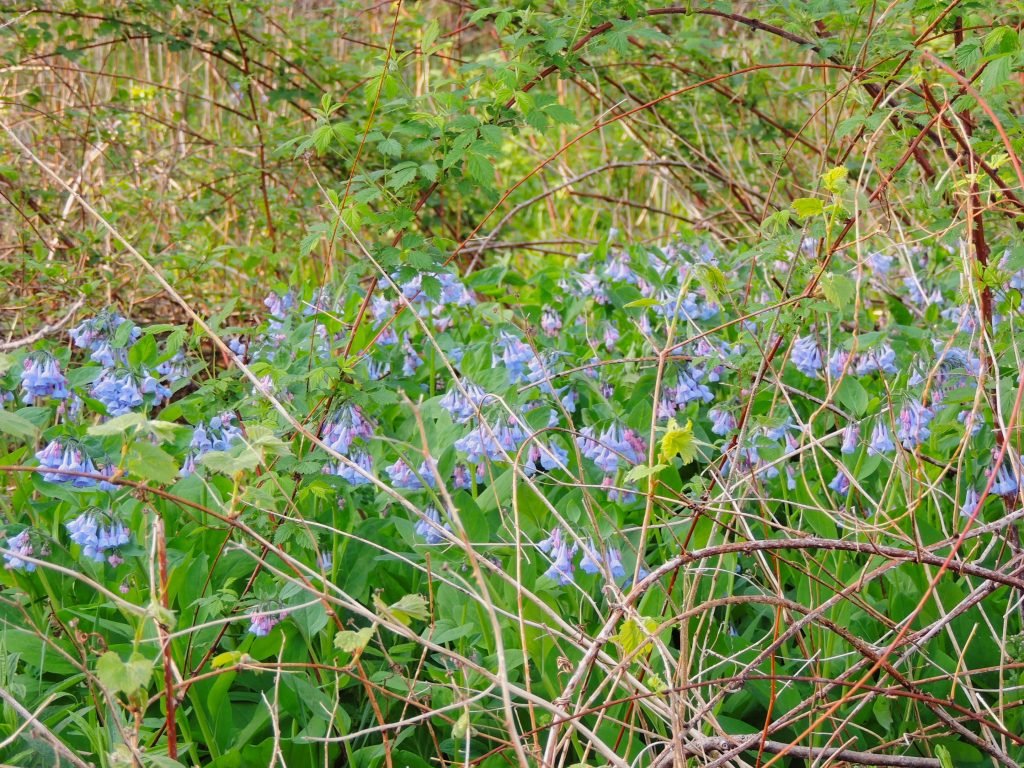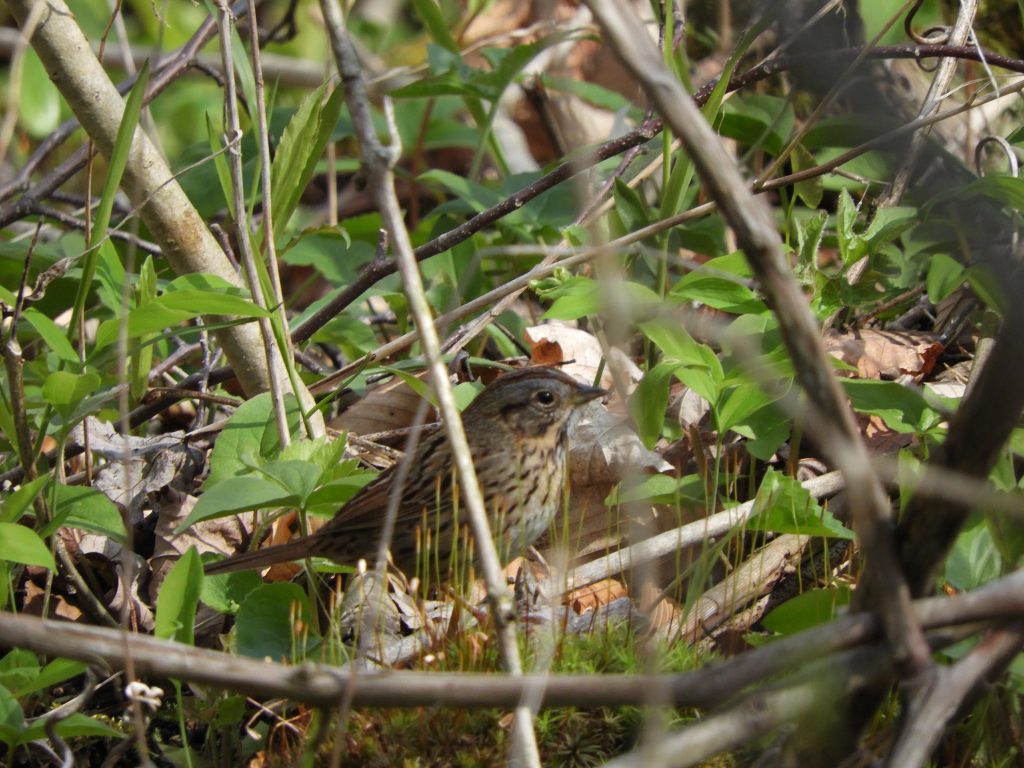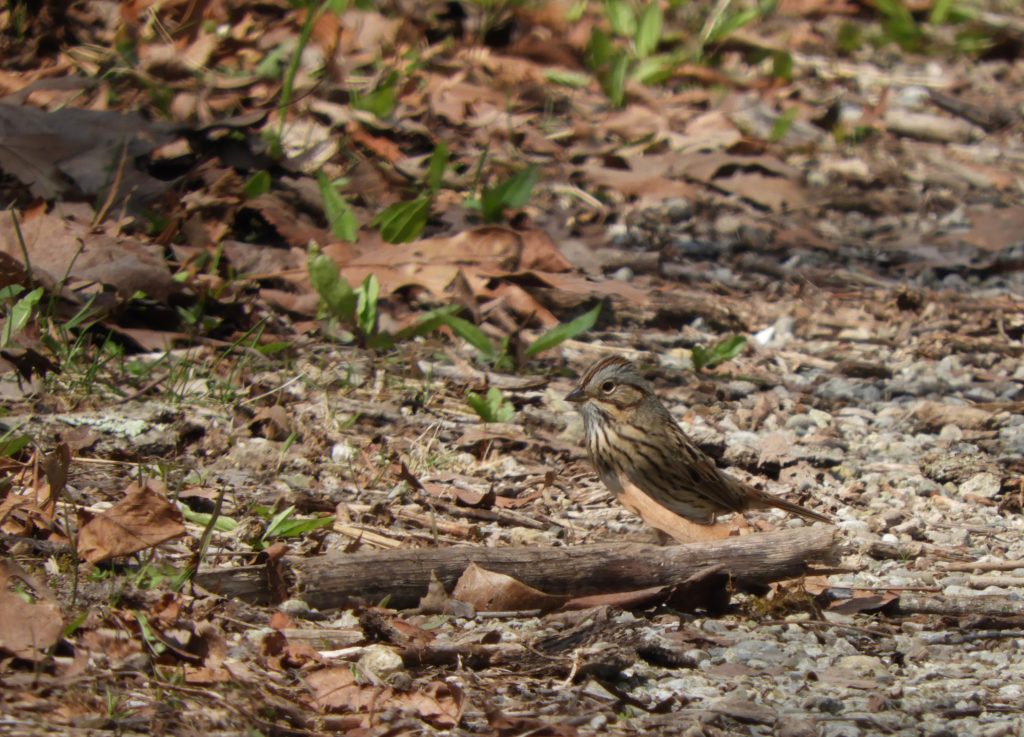Burlington ON. May 27th.2021. As the days of transects wind down so the work of the Ontario Breeding Bird Atlas (OBBA) starts to pick up. I have summer bird-work to do: exploring new-to-me places, meeting land-owners, moving quietly, slowly, looking and listening. Quiet birding . For a refresher on the OBBA follow this link.
Today I stepped away from a familiar trail into a once-flooded open area dotted with still-standing, but dead, ash trees, a place offering the distinct risk of wet feet. I hadn’t gone many yards when I heard the familiar chattering ‘speek’ of a Hairy Woodpecker. A common enough bird but always worth following up upon hearing one, my reward was this fledgling, who I’m sure, was just out of the nest.
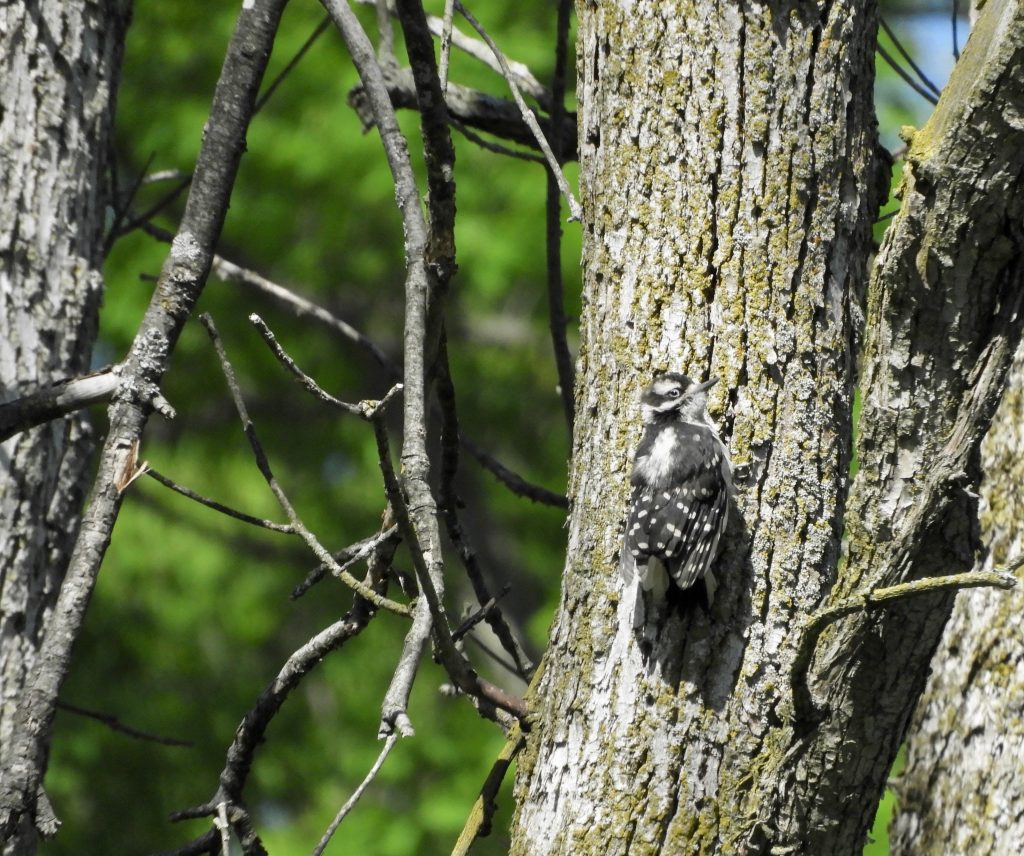
It was clinging to the skeletal remains of an ash tree and calling repeatedly for its parents’ attention, ‘I’m here-feed me please.’ An adult swept past it to land not far away at the top of another dead tree and peered into a hole. Putting the pieces together, I think the pleading youngster had very recently, perhaps within the hour, left the nest under the watchful eye of its parents. They knew where it was and were expecting, waiting and urging the rest of the brood to follow.
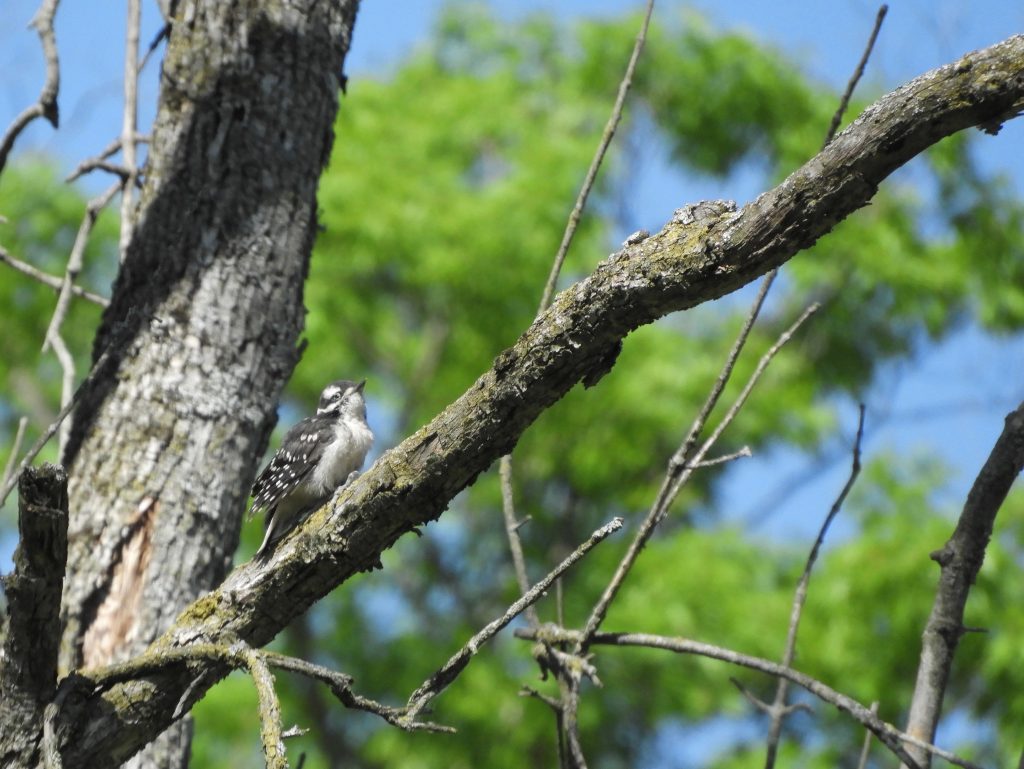
This was a welcome surprise and propelled Hairy Woodpecker into the ‘Confirmed ‘ category of the atlas.; as did this sighting a little later…
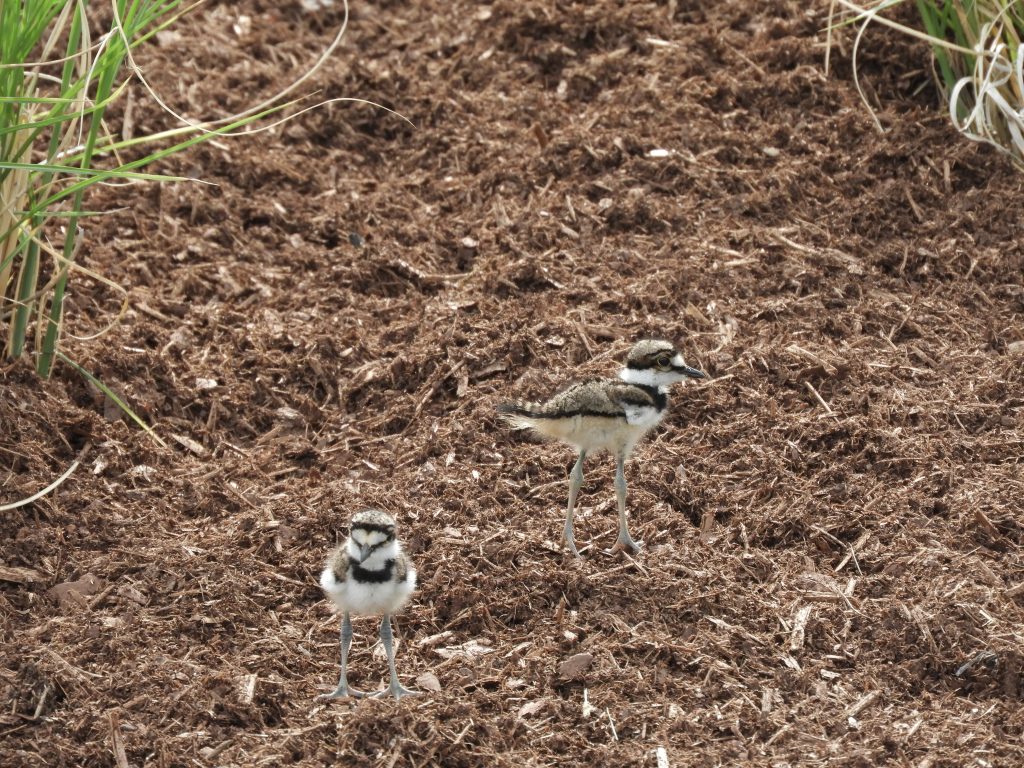
…as I drove up a driveway through a semi-manicured orchard. I was travelling slowly and saw something scamper in front of me. I braked and stopped. The kind of sudden, tenth-of-a-second, stop that propels everything: binoculars, camera, notebooks, pencils, pens, and all the usual car-clutter onto the floor. My mind caught up, tapped me on the shoulder and said, ‘That was a baby Killdeer you nearly ran over’. Well, I hadn’t, although it was a close-run thing.
I backed up slowly: to my left a mother Killdeer was plaintively piping something like, “What did I tell you kids about traffic?” In front of my car was a tiny, day-old Killdeer chick, the size of a golf ball on long legs, and following it, its nest-mate brother or sister. They hastened to their mother who, after a bit of ‘there there’ reassurance, pulled them in close beneath her to settle down.
